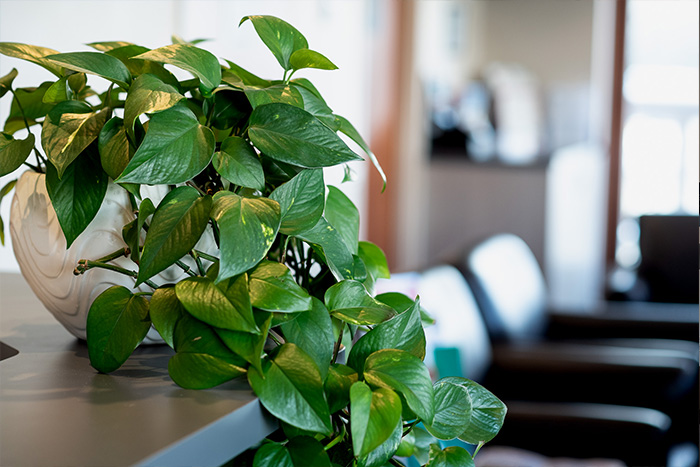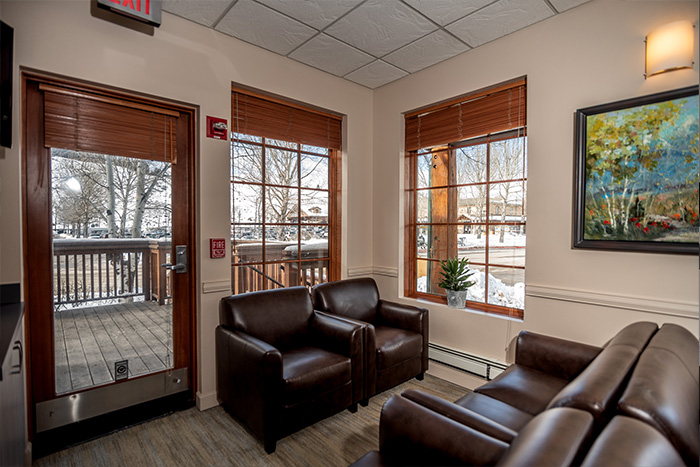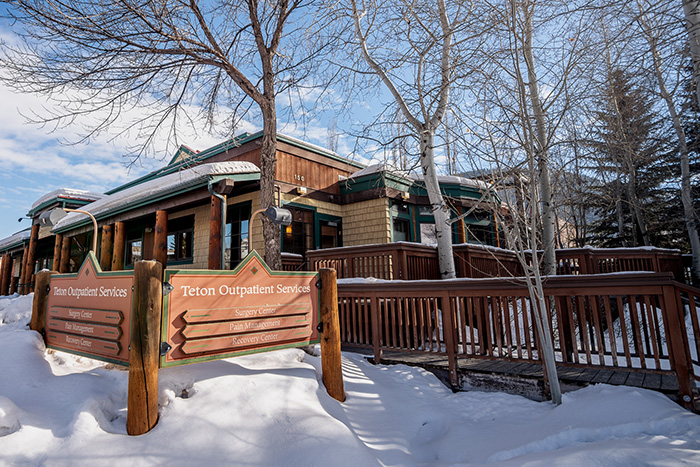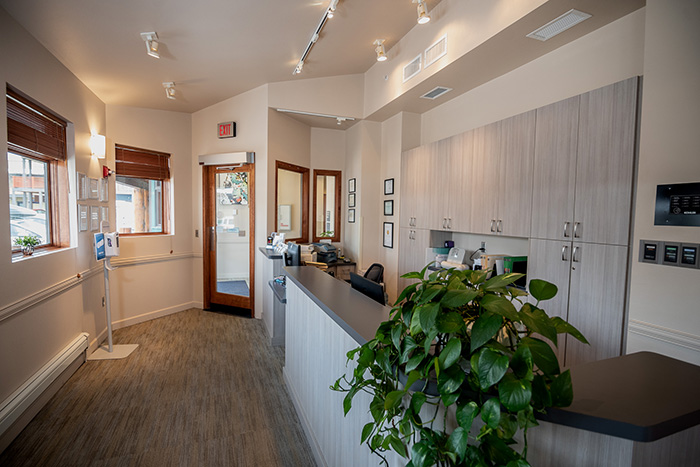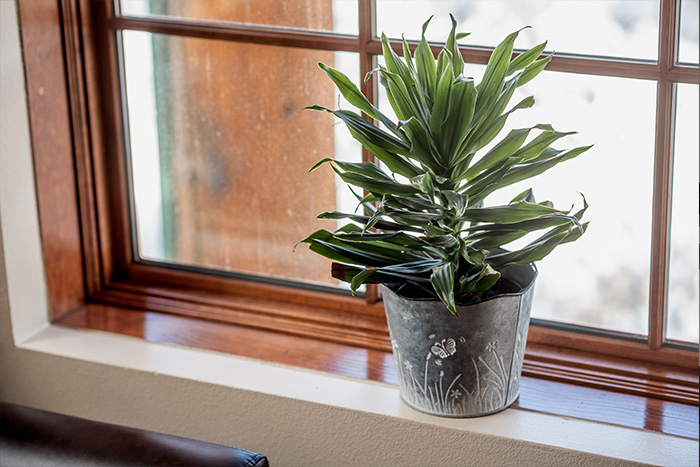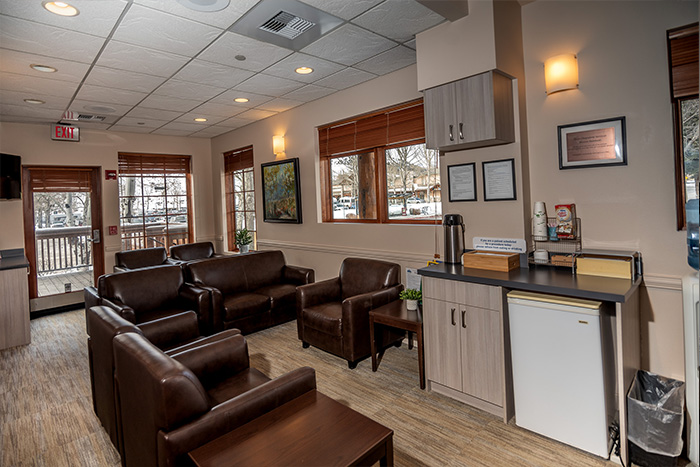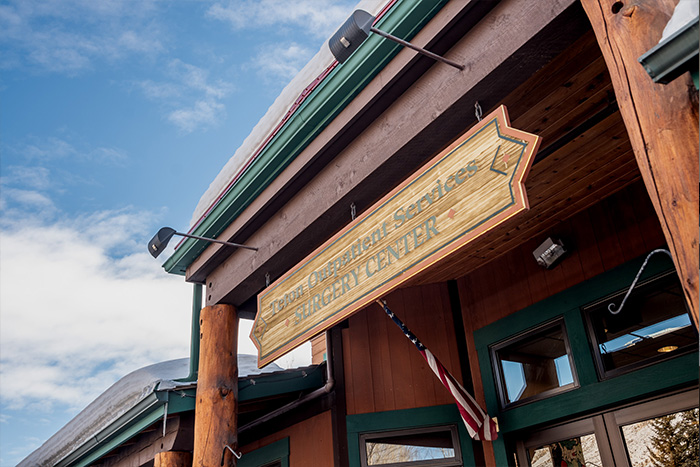Our urologists provide expertise and surgical treatment for urinary disorders of the male and female urinary tracts, as well as conditions of the male genital tract or reproductive system. Our urology specialists work closely with patients to develop individualized treatment plans that include both medical and surgical approaches to a wide range of urological problems. Specialists also give our patients the complete care available which allows for the best possible outcomes.
Urology at Teton Outpatient Services
We focus on offering a high quality, service-oriented environment for your surgical procedure.
UROLOGY
Low Testosterone
Low Testosterone, often called “Low T”, is estimated to affect more than 12 million men in the United States and is one of the commonly treated conditions at Teton Outpatient Services.
Low Testosterone is triggered by a communication problem between the testes and the brain causing testosterone production to fall below normal levels. When this happens, patients often experience symptoms such as reduced sex drive, depressed mood, decreased energy, and erectile dysfunction. Low T is often associated with aging; however, it is important to have a urologic evaluation to determine if there are any other underlying diseases that may be causing this condition to occur. If you or a loved is experiencing symptoms, contact Teton Outpatient Services for an appointment.
Erectile Dysfunction (ED)
Erectile dysfunction (ED) is estimated to affect nearly 30 million men in the United States and is also one of the commonly treated conditions at Teton Outpatient Services. ED is sexual dysfunction characterized by the inability to develop or maintain an erection of the penis during sexual performance. Common causes of ED can include age, other medical conditions such as diabetes, heart disease or high blood pressure, medications and low testosterone.
Incontinence
More than 13 million people in the United States, both males and females, experience incontinence, especially among older adults.
Female Incontinence
Women experience incontinence twice as often as men. Pregnancy and childbirth, menopause, and the structure of the female urinary tract account for this difference. There are two main kinds of urinary incontinence. Some women-especially older women-have both.
- Stress incontinence occurs when you sneeze, cough, laugh, jog, or do other things that put pressure on your bladder. This type of bladder control problem happens in both men and women.
- Urge incontinence happens when you have a strong need to urinate but can’t reach the toilet in time. This can happen even when your bladder is holding only a small amount of urine.
Male Incontinence
Over 2 million men suffer with incontinence. It is a serious problem that men are reluctant to discuss with others. For men, urinary incontinence often is related to a medical problem or a treatment involving:
- The prostate gland
- Enlargement (benign prostatic hyperplasia, BPH)
- Prostate removal due to cancer
The types of male incontinence include:
- Stress Incontinence occurs when you sneeze, cough, laugh, jog, or do other things that put pressure on your bladder. This is the most common type of incontinence post-prostate cancer.
- Urge Incontinence happens when you have a strong need to urinate but can’t reach the toilet in time. This can happen even when your bladder is holding only a small amount of urine.
- Overflow Incontinence is when the bladder does not empty properly. This can be due to other medical conditions such as an enlarged prostate or a narrowing of the urethra.
If you or a loved is experiencing symptoms overactive bladder (OAB) incontinence, contact Teton Outpatient Services for an appointment and relief from this embarrassing and inconvenient condition.
Prostate Health
Teton Outpatient Services offers multiple services for the prostate health for men. It is estimated that nearly 30 million men suffer from prostate conditions which may impact their quality of life.
Enlarged Prostate/BPH
It is estimated that over 50% of men in their 60s and nearly 90% in their 70s or older experience symptoms of an enlarged prostate or benign prostatic hyperplasia (BPH). BPH symptoms often include frequent urination, incomplete emptying of the bladder, a weak urine stream or difficulty starting urination and nighttime urination.
Prostate Cancer
It is estimated that each year 230,000 men will be diagnosed with prostate cancer. Prostate cancer can have a high cure rate if caught early and is why Teton Outpatient Services recommends regular prostate screenings.
Prostate cancer treatment may range from surgical removal, radiation, hormonal therapy or cryotherapy.
Kidney Health
According to statistics, kidney conditions such as inflammation, kidney stones, cancer, kidney and bladder infections, as well as cystitis affect millions of Americans every year.
The kidneys are important to your overall health because, in addition to filtering the blood from toxins and other waste products, they are responsible for regulating and maintaining the concentration and volume of blood in the body.
Common signs and symptoms that could signal kidney issues may include:
- High blood pressure
- Swelling
- Urinary tract infection symptoms
- Bladder and/or kidney pain
Teton Outpatient Services offers comprehensive kidney health services. If you or a loved is experiencing symptoms related to your kidney health, contact us today for an appointment.
GET IN TOUCH WITH TETON OUTPATIENT SERVICES
Contact Info
Address
150 Buffalo Way
Jackson, WY 83001
Phone Number
(307) 733-8677
Hours
Monday - Friday 7:30am – 4:30pm
Weekends CLOSED


